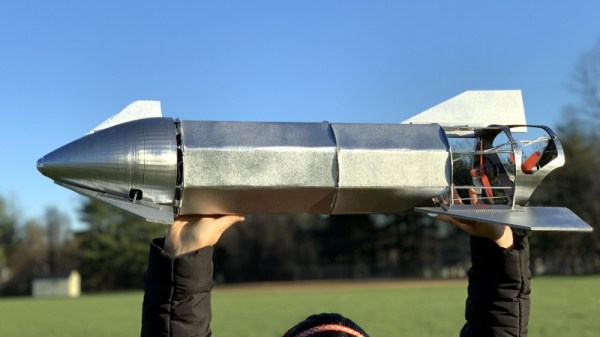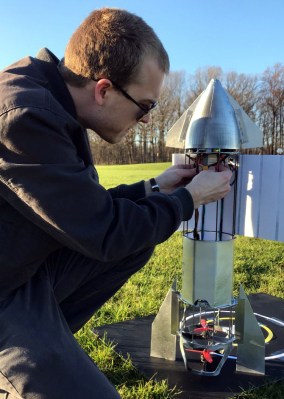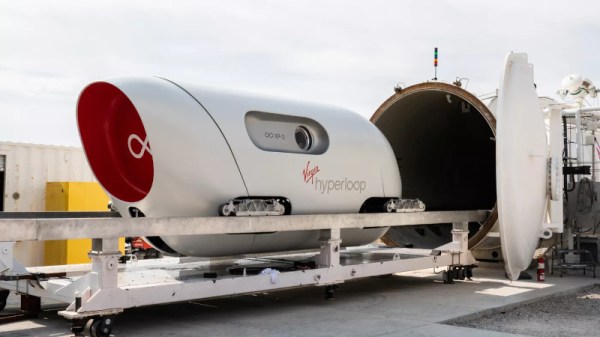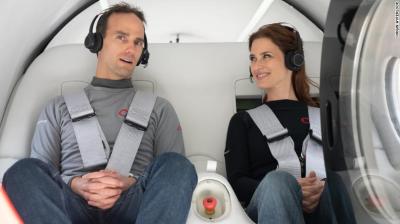As electric skateboards kits and components become more commonly available, you really need to do something different to make your custom board stand out. [Emiel] [The Practical Engineer] has managed to do this by building a half-track skateboard. (Video, embedded below.)
Except for the front trucks, fasteners and bearings, all the mechanical components on the board were custom-made. The sturdy rear chassis and the track sections were machined from aluminum plate, and the wheels and track linkages were machined from POM/Delrin. The large carbon fiber deck and the polyurethane pads on the tracks were custom molded, which [Emiel] covered in detail in separate videos, also below. Two beefy brushless motors drive the tracks and are powered by LiPos in enclosed in the sheet metal electronics box. The final product looks very well-built and refined, especially considering most of the work happened in a tiny 2 m x 3 m workshop.
It looks like the board handles gravel paths well, but we would really like to see how it performs on soft surfaces like sand, where even off-road skateboards can struggle. It struggled a bit with low RPM torque, so a slight gearing change is in this board’s future.
Everything is cooler with tank tracks. If you’re willing to live with plastic tracks, 3D printing is a viable option, as demonstrated by [rctestflight]’s tracked rover and [Ivan Miranda]’s tank skateboard. Continue reading “Tank Track Skateboard”




















